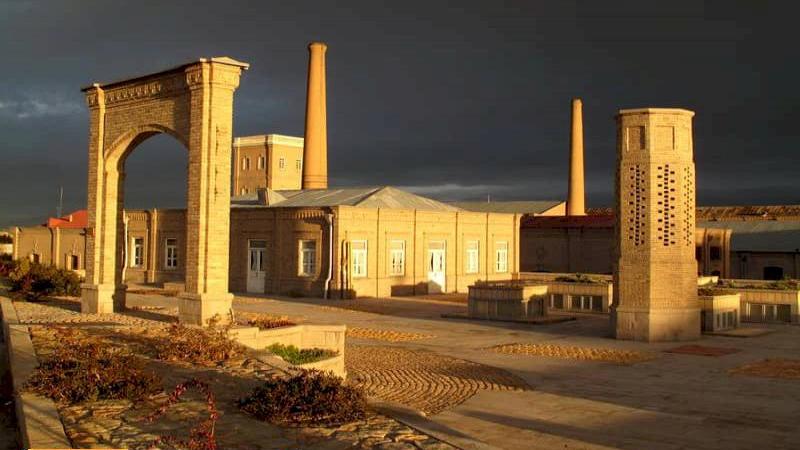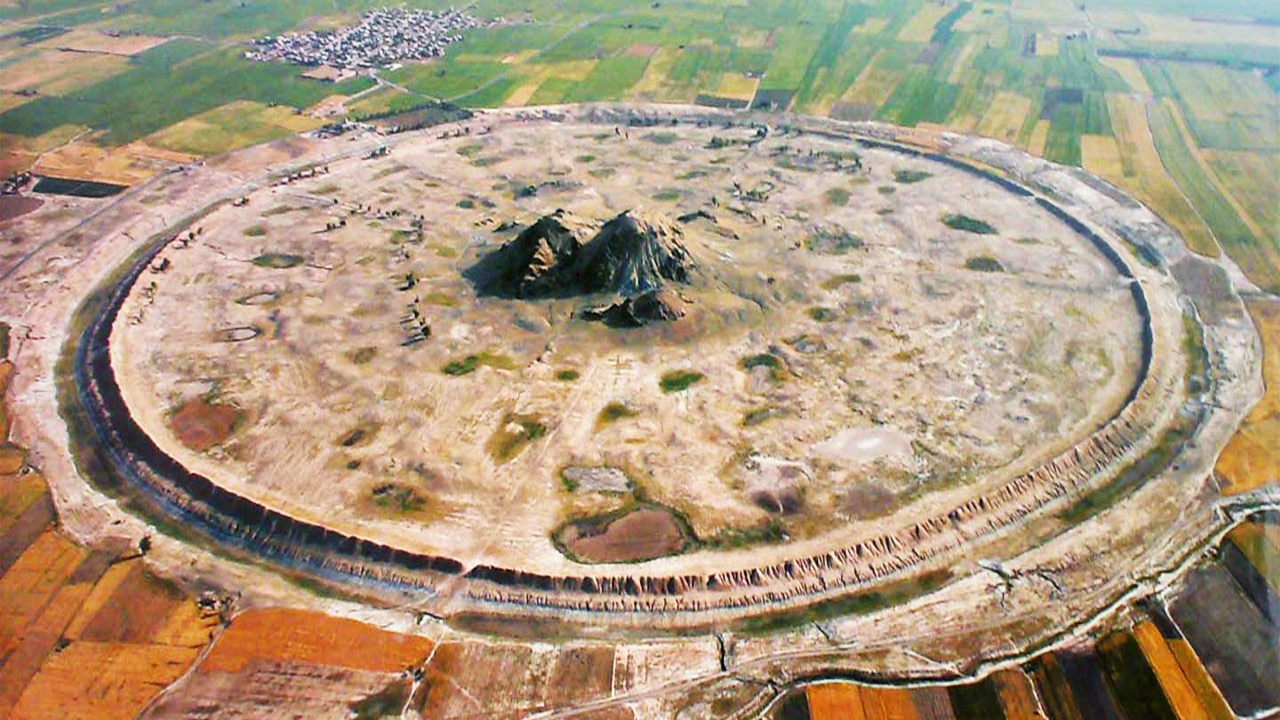
Kazeroun
Kazeroun is a city in the west of Fars province and houses many historical and natural attractions. This city was especially important during the Sasanian era (224 to 651 AD).
Geography and Population of Kazeroun
Kazeroun County has a total area of 2064 square kilometers and its people speak Persian. The population of this city is more than 200 thousand people half of whom live in Kazeroun City. Kazeroun was formed in the 4th century AH (11th century AD) by the merger of three villages named “Nourd”, “Rahban” and “Deris”, but the history of this city goes back centuries before that. The average annual rainfall of Kazeroun is 522 mm and its height above the sea level is 843 meters. Kazeroun is 1060 km from Tehran and 120 km from Shiraz. The connecting road between Shiraz and Kazeroun passes through the most beautiful oak forests of Iran.
Historical Attractions of Kazeroun
Many historical buildings have been left in Kazeroun from the Sassanid era. The ancient city of Bishapur, Tang-e Chogan, and Shapur Cave are among the most important of these works.
There were also some fire temples in Kazeroun, which prove that the people of this city followed the Zoroastrian religion during the Sasanian era. Gereh (or Jareh) Fire Temple is one of these fire temples whose remains can still be seen near Bala Deh village. According to some experts, this fire temple was built by the order of “Mihr-Narseh”, a powerful Iranian dignitary from the House of Suren, who served as minister of the Sasanian kings, Yazdegerd I and Bahram V.
The fire temple of Gereh was built on a hill that was located near a city in the past. The convex façade of the fire temple, along with the use of cut stones to build the walls the height of which is about 14 meters, is one of the important points about this building. This work was inscribed on the list of Iran’s national heritage in 1938.
Kazeroun Fire Temple is another one of the five fire temples built by the order of Mehr-Narseh. This building is about 10 kilometers away from the city center. Stone and plaster mortar are the main materials used in this building. The general shape of the building is square and there is an oval arch on it. The dome and some parts of this fire temple have been destroyed.
Natural Attractions of Kazeroun
There are attractive landscapes and natural recreation areas in different areas of Kazeroun. Kuhmareh Sorkhi Waterfall, which is located in a vast forest and mountain area near a village called Ramghan, is one of these attractions. In January, the plains around Kazeroun are covered with narcissus, creating a dream-like view.
The largest oak plain of Iran is also located in Kazeroun. This area is located in “Mian Kotal”, 30 km from the city, in an area called Dasht-e Baram. There is a caravanserai in Mian Kotal, which dates back to the 16th century and is the only stone caravanserai in Iran. In addition to oak, species such as Prunus scoparia and Hawthorns also grow in this area. A large part of the Baram Plain is located within the Parishan Lagoon area.
Hakimbashi waterfall, which is located near the village of the same name, is a seasonal waterfall, with a height of 25 meters and welcomes nature tourists during the rainy seasons.
Ardeshir’s Sarab Spring is one of the springs of Kazeroun, around which the remains of structures from the Sasanian era can also be seen. This spring is used to supply drinking water to the people of the region.
Imamzadeh Seyyed Hossein Forest Park is located 25 kilometers north of Kazeroun, near the tomb of this Imamzadeh, which is a pleasant destination for spending leisure time. In the northern areas of Kazeroun, you can also visit the Tang-e Tikab area, and the caves around it which were inhabited by humans about 18,000 years ago. There is also an old cypress tree 28 km northeast of Kazerun, which is known as the “Kalani Cypress”. According to local people, this tree is more than five centuries old. Dadin Spring is located in a village of the same name 50 kilometers south of Kazeroun. Sarmashhad Mountain is one of the places of interest for mountaineers.
Hakimbashi waterfall, which is located near the village of the same name, is a seasonal waterfall, with a height of 25 meters and welcomes nature tourists during the rainy seasons.
| Name | Kazeroun |
| Country | Iran |
| State | Fars |
| City | Caseron |
| Type | Historical |
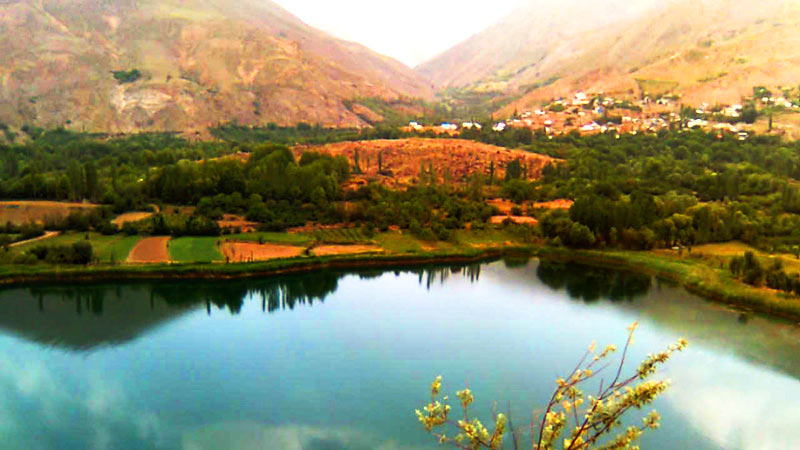
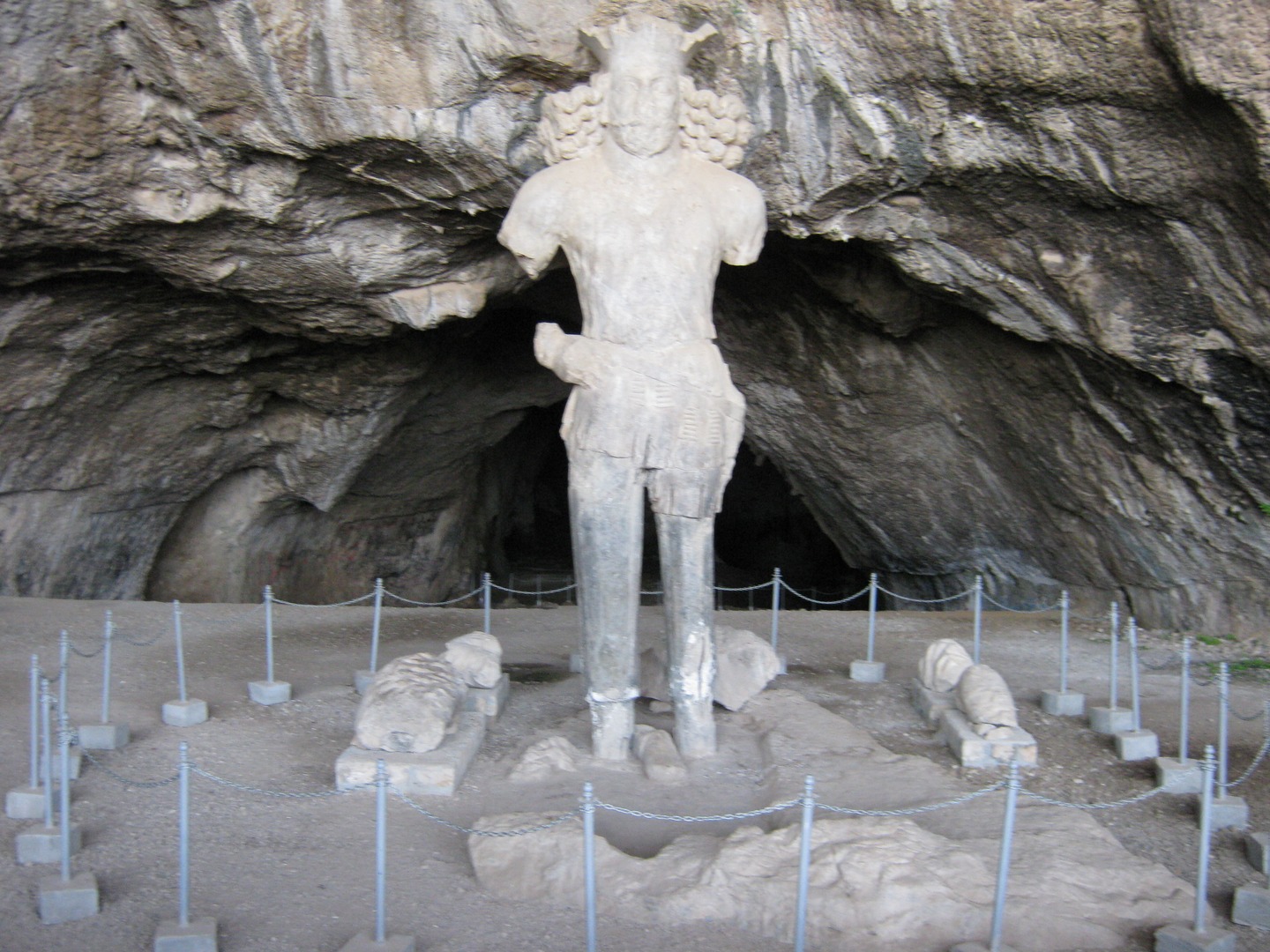



The Traditional Bazaar of Kazeroun
The Bazaar of Kazeroun
Like most ancient Iranian cities, Kazeroun also has a traditional bazaar. It begins from Mosque Square, where the Salehiyeh Seminary is located, and extends to Abu Ishaq Street. Before this street was built, the bazaar stretched even farther, reaching Khayrat Square—today known as Shohada Square. The construction of Abu Ishaq Street divided the bazaar into two halves.
Different Sections and Features
The Bazaar of Kazeroun is like an open-air exhibition of both industrial and local products. It contains several traditional chambers (lines of shops), each specializing in a particular type of good. In earlier times, handicraft making was one of the bazaar’s main activities; however, due to social and economic changes, many artisans have turned to other professions. Today, some traditional crafts such as blacksmithing and felting have almost disappeared.
Walking through the bazaar, one encounters a variety of shops—restaurants serving kebabs, khash, and aash (aush), as well as coffeehouses, groceries, textile stores, attari (herbal shops), confectioneries, jewelry shops, and many others.
Several sub-bazaars form part of the greater market complex, including Shah Hamzeh Bazaar, Imam Khomeini Bazaar (Mo’in), Mokhi (Nakhl) Bazaar, Namadmals’ Bazaar, Jewelers’ Bazaar, Baradaran Bazaar, and the Bazaar of Mesgarha (Coppersmiths)—also known as Aba Fath Bazaar.
Notably, Shah Hamzeh Bazaar and the Bazaar of Mesgarha were individually inscribed on Iran’s National Heritage List in 2006.
Shah Hamzeh Bazaar
This section begins from the southern side of Imamzadeh Shah Hamzeh and extends to Rangrazi Square. It features a traditional vaulted structure with arches and skylights, known as khorek, which not only provide natural lighting but also help ventilate the market. In recent years, a street was built beside the bazaar, and several shops at its entrance were removed to make way for the new road.
Bazaar of Mesgarha (Coppersmiths)
Among the oldest parts of the complex, the Coppersmiths’ Bazaar has preserved much of its original architecture. Covering about 500 square meters in a rectangular layout, it connects on its southeastern side to Shah Hamzeh Bazaar. Within this area stands the Haj Taj Mosque, constructed approximately a century ago.
Bazaar of Felt Makers
Situated along an east–west axis, this bazaar once hosted numerous felt-making workshops. Today, nearly all have shifted to other trades. In the past, two water mills—Mohseni Mill and Shaker Mill—stood on either side of this bazaar. Only the Shaker Mill building survives, now repurposed as an ice factory.
Imam Khomeini Bazaar
Before the Islamic Revolution (1979 AD), this section was known as Mo’in al-Tojjar Bazaar. For several decades, it also housed the city’s police station, earning it the nickname “Bazaar-e Shahrbani” (literally, Police Bazaar).
History of the Bazaar
References to the Bazaar of Kazeroun appear in texts from the 4th and 5th centuries AH (11th century AD), suggesting that its origins date back to that period. Over the centuries, the bazaar has undergone several renovations. The existing core structure mainly dates from the Qajar era (19th century), while a number of chambers and shops were added during the Safavid period (16th century).
Architecture
The bazaar consists of several interconnected sections, each designed according to its function. Some parts feature high roofs and consecutive arches, creating a sense of grandeur. The main construction materials throughout are stone and plaster.
Jame’ Mosque of the Bazaar
The Jame’ Mosque, located within the bazaar, is one of the most significant mosques in Kazeroun. The foundation of the original structure dates back to the 7th century AH (13th century AD).
| Name | The Traditional Bazaar of Kazeroun |
| Country | Iran |
| State | Fars |
| City | Caseron |
| Type | Historical |
| Registration | National |


Choose blindless
Red blindless Green blindless Blue blindless Red hard to see Green hard to see Blue hard to see Monochrome Special MonochromeFont size change:
Change word spacing:
Change line height:
Change mouse type:
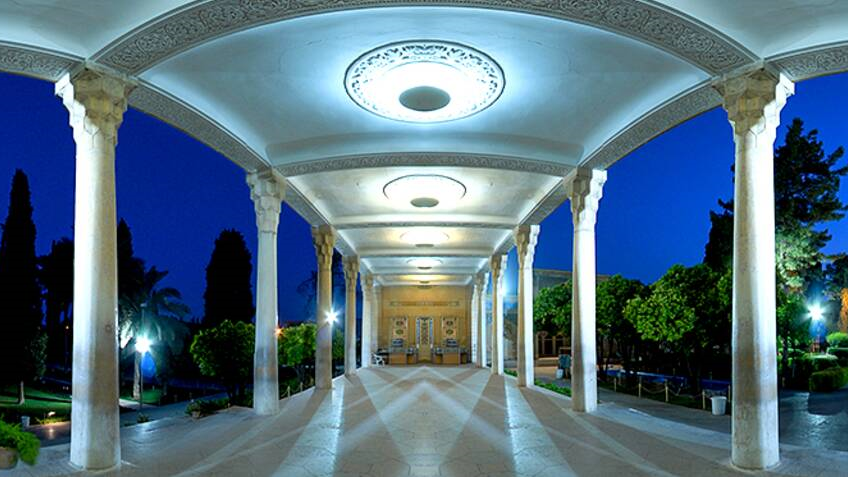

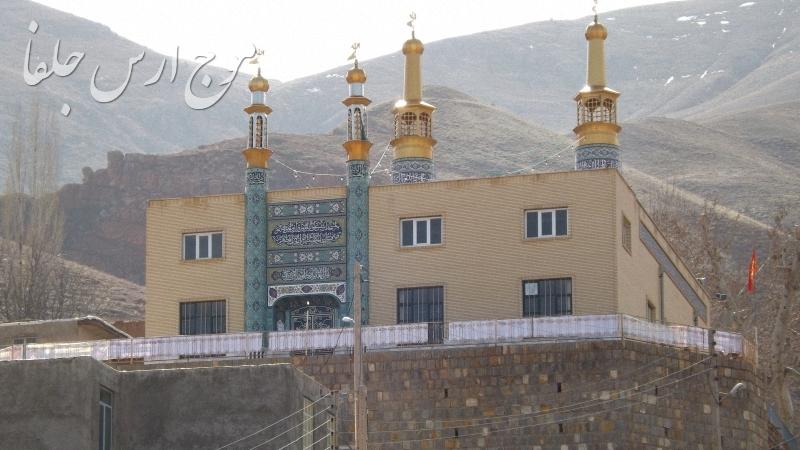
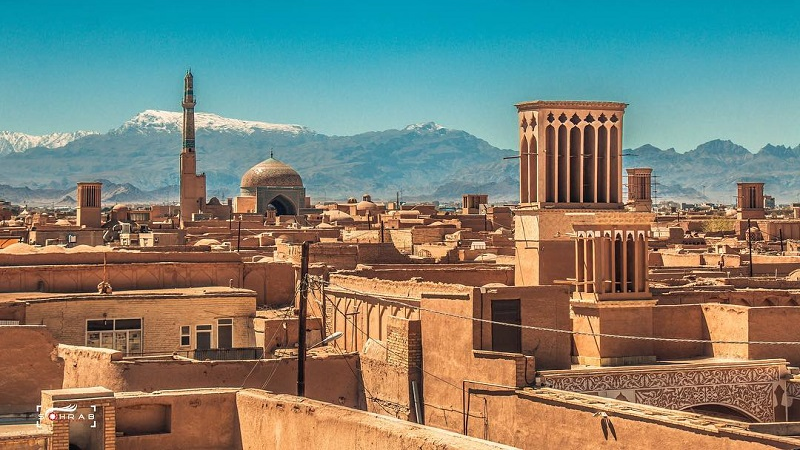

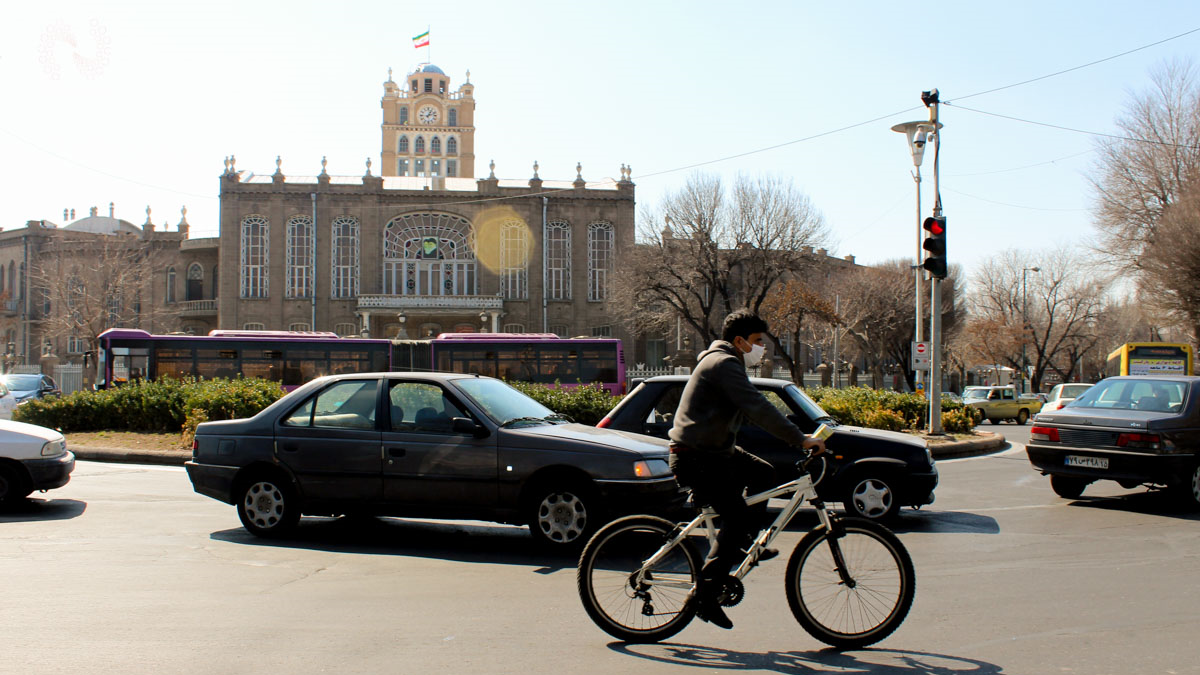
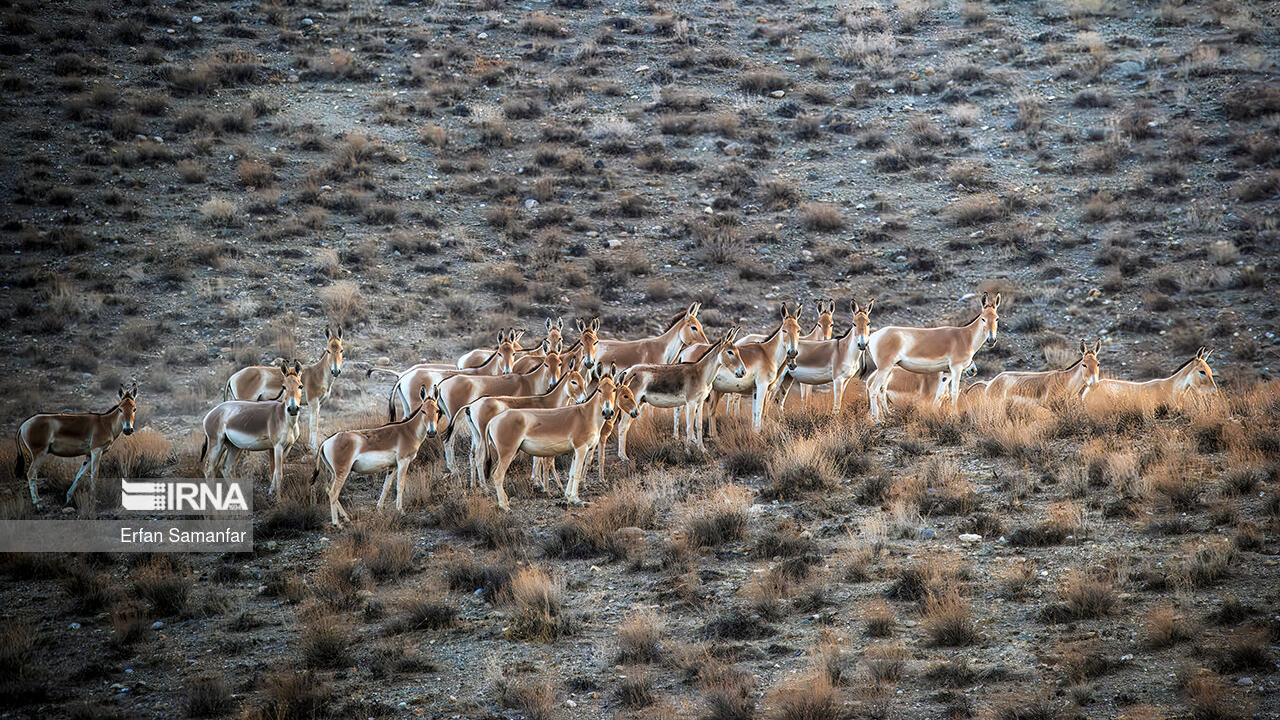

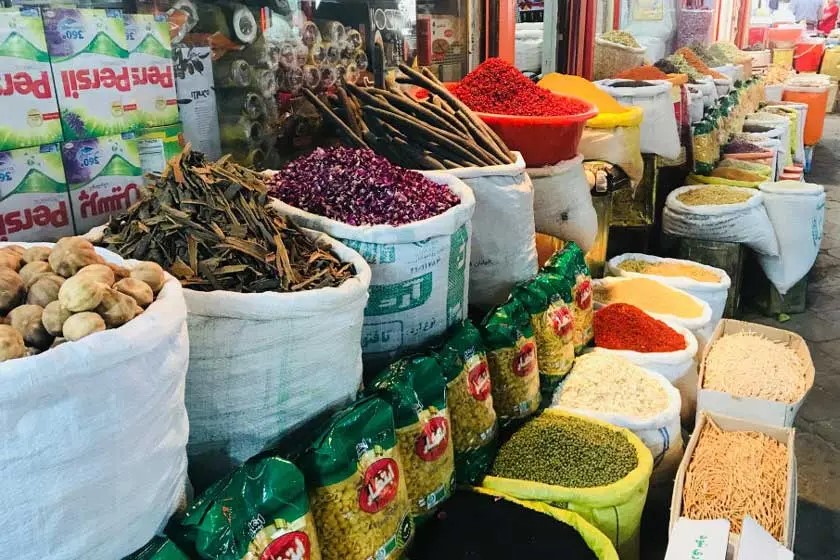
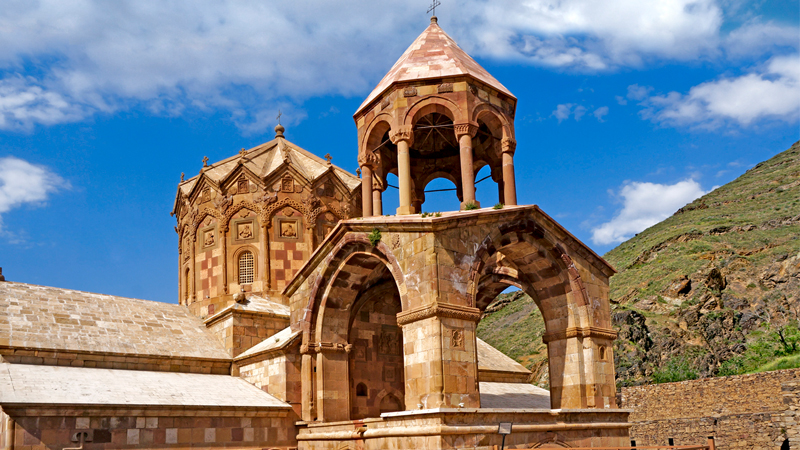
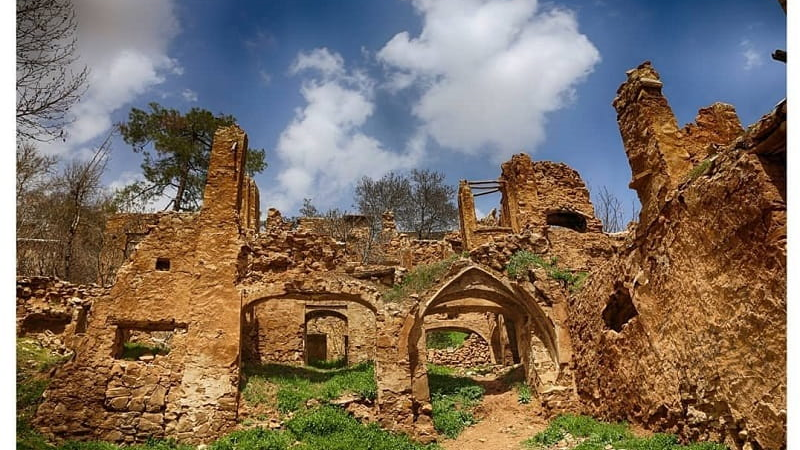
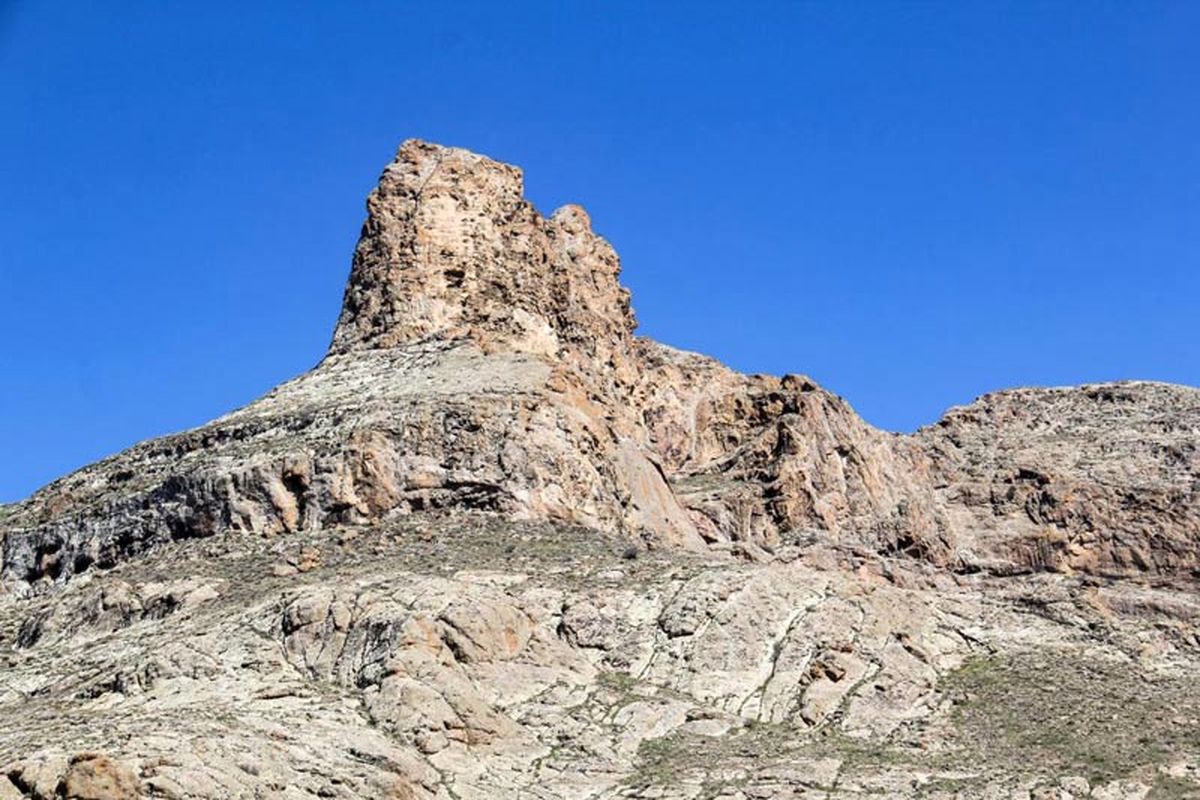

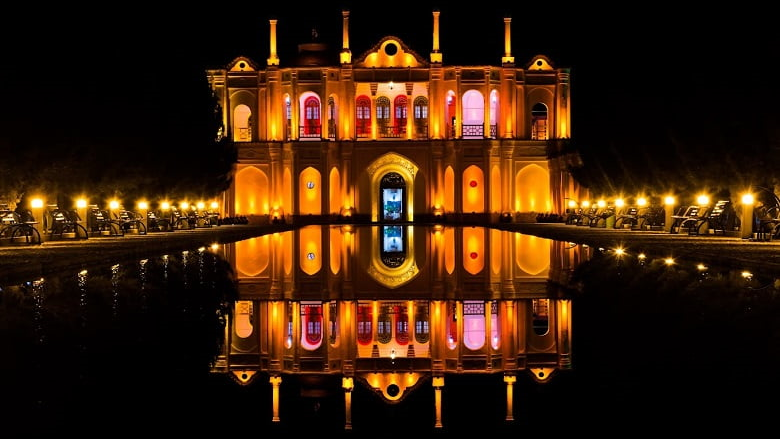
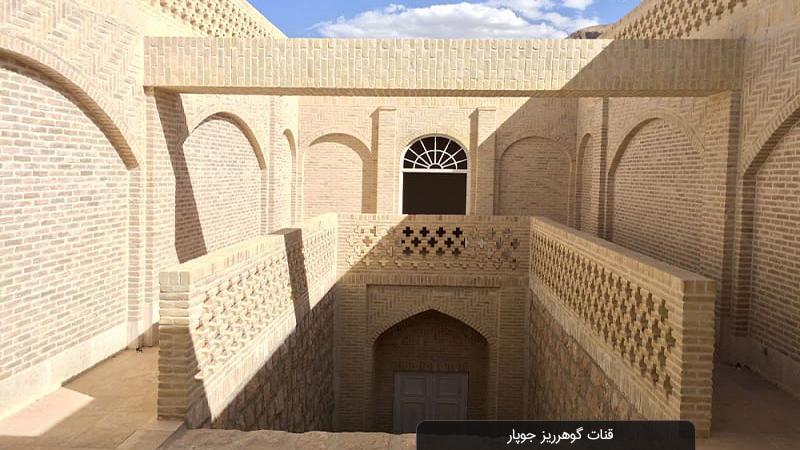
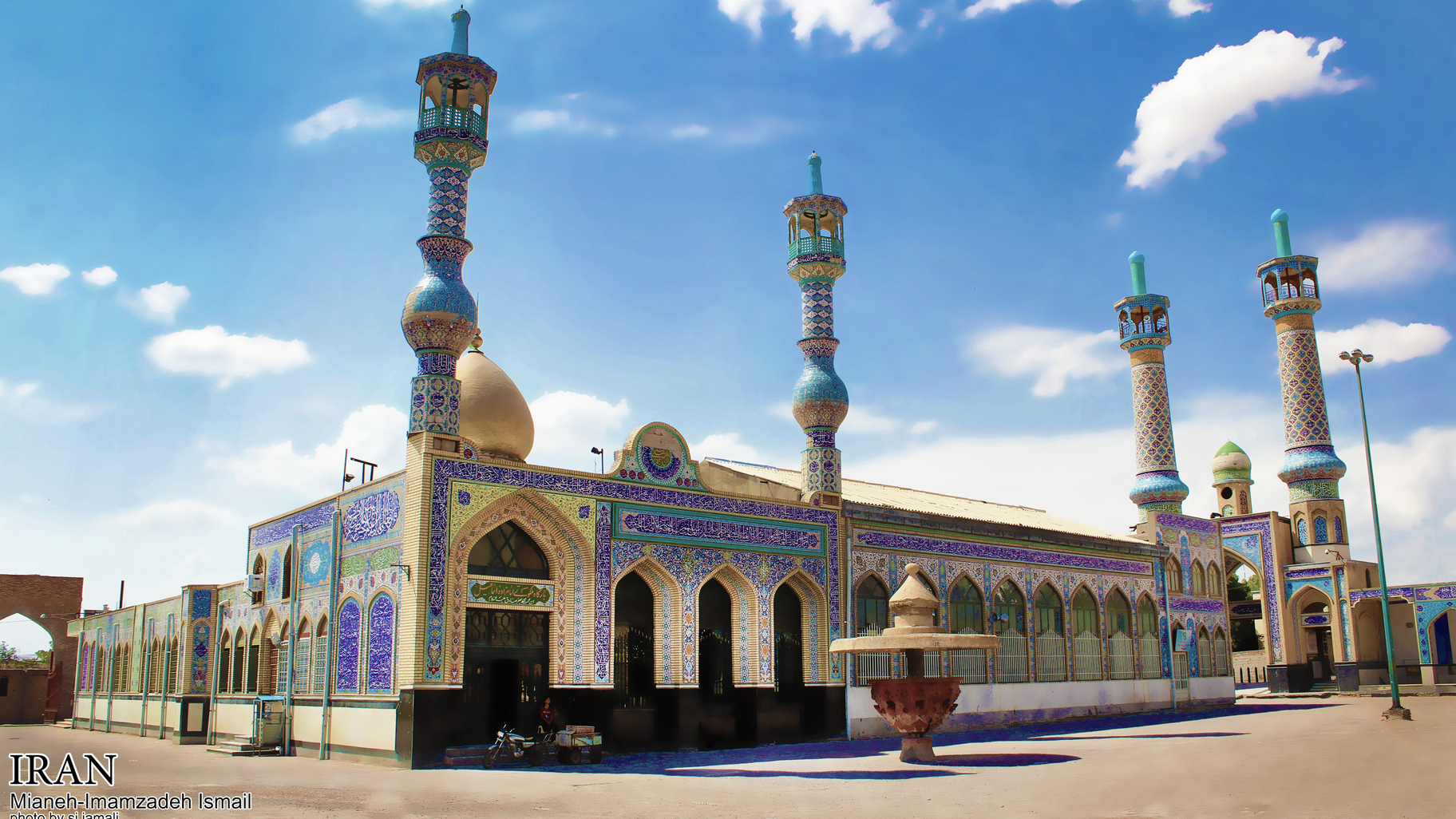
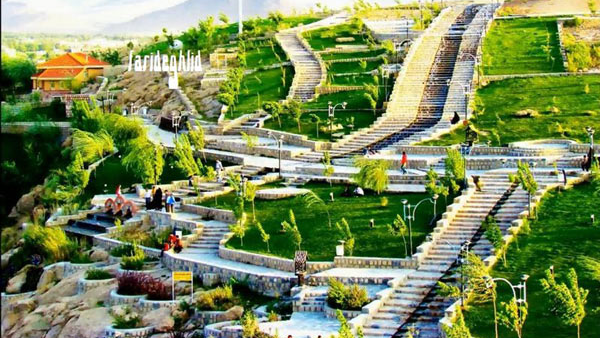


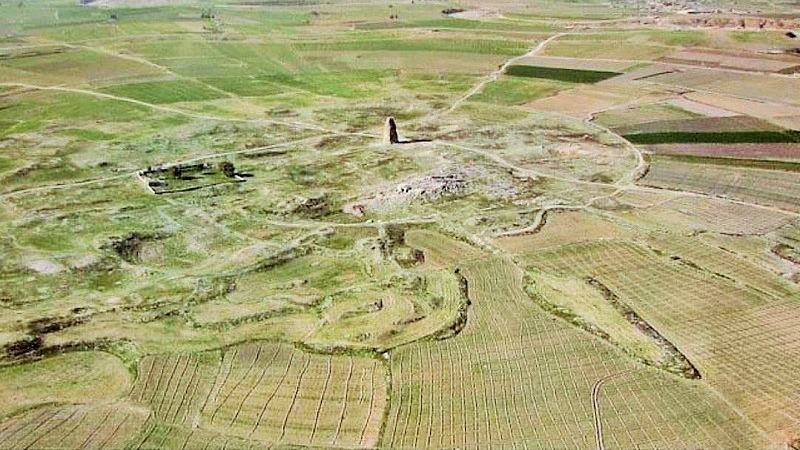

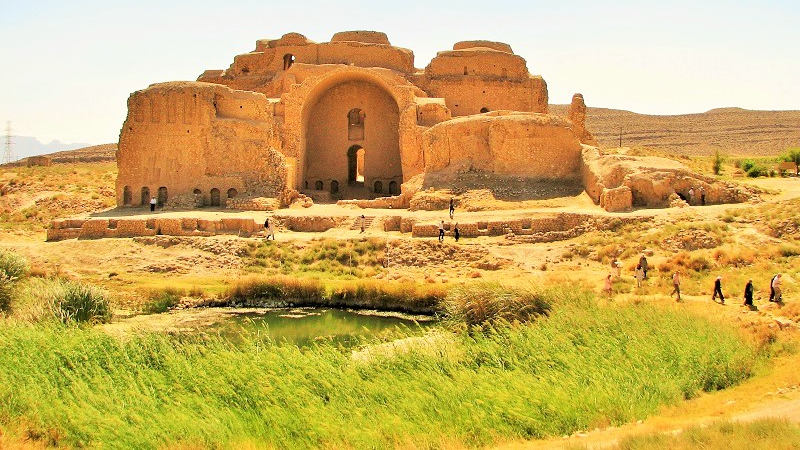
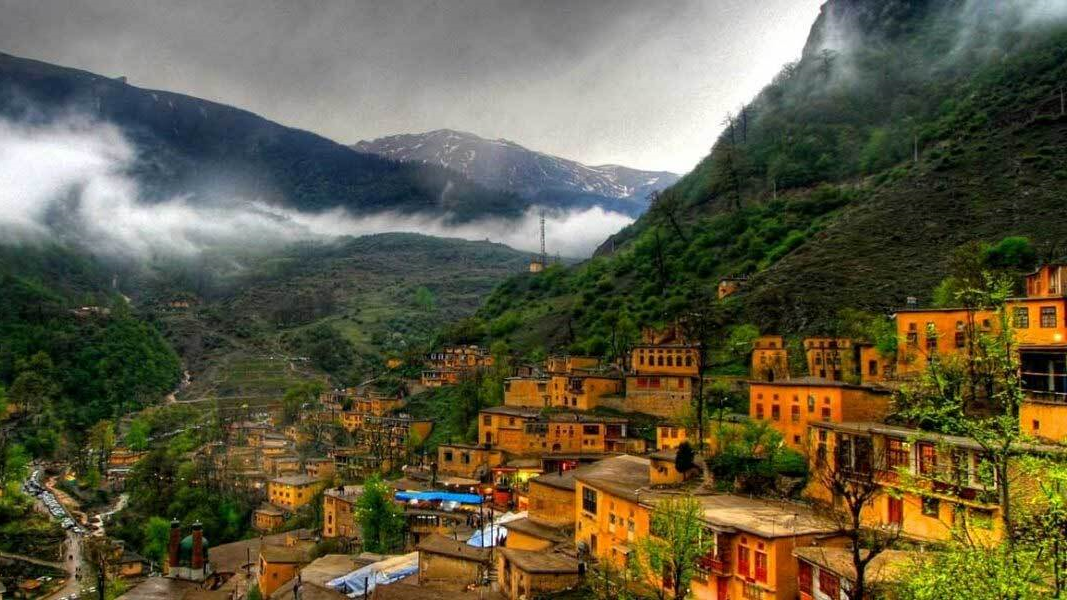
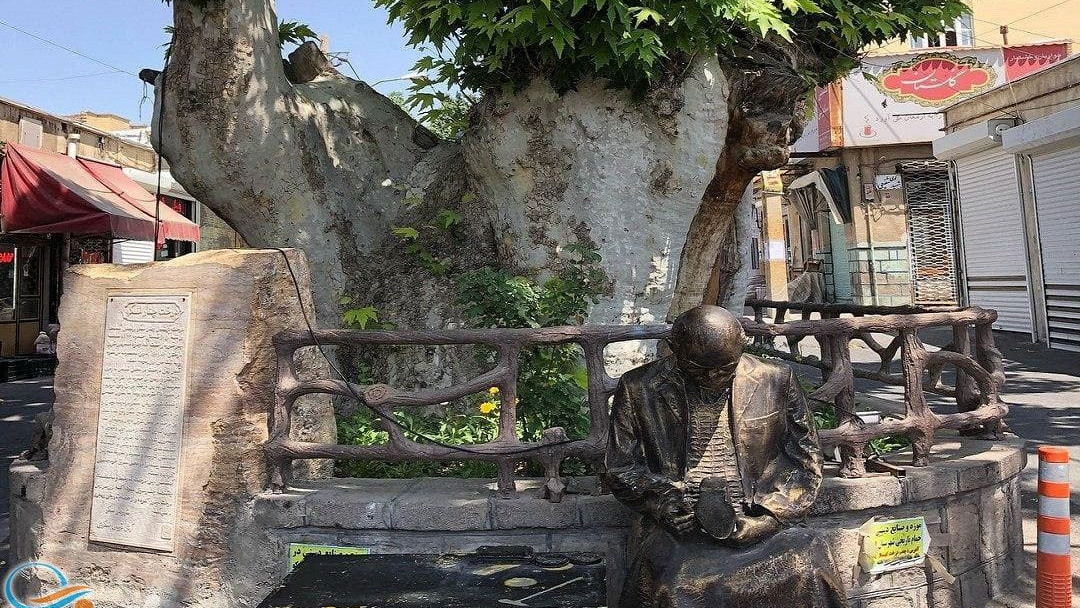

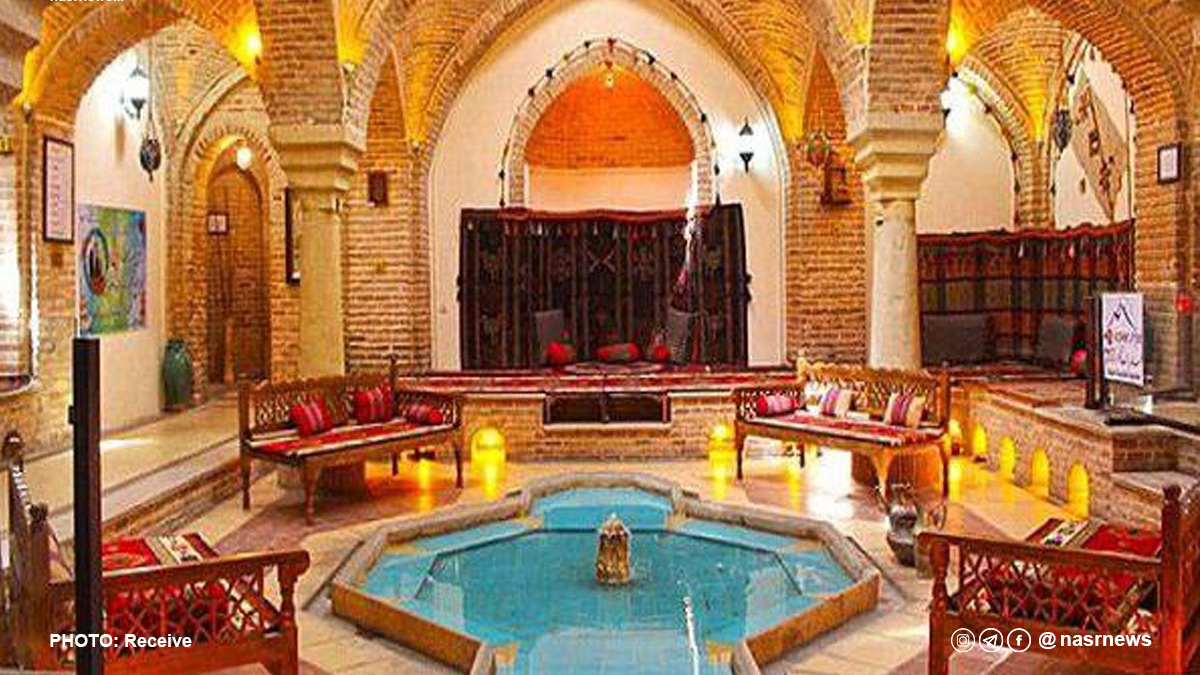
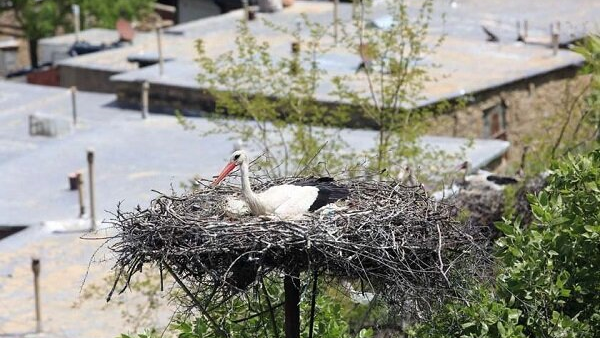
-k- main.jpg)
